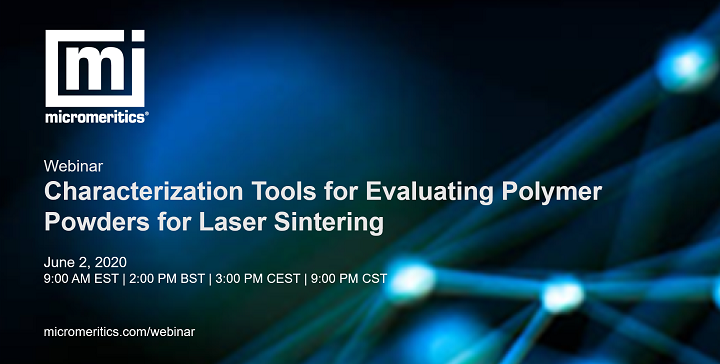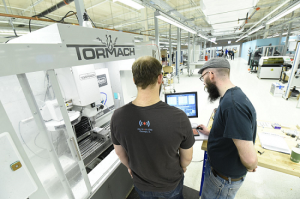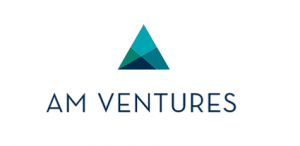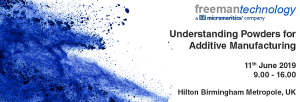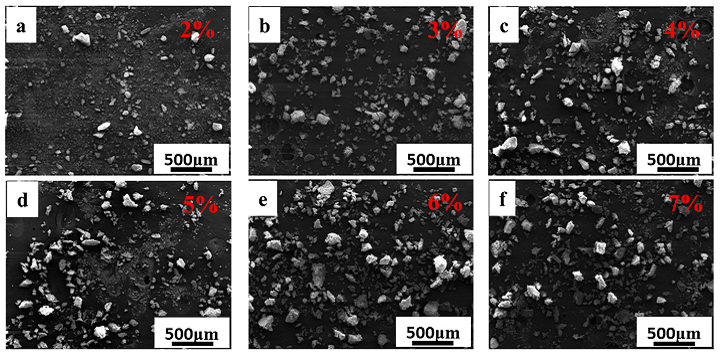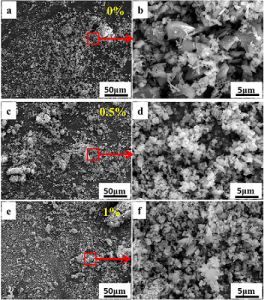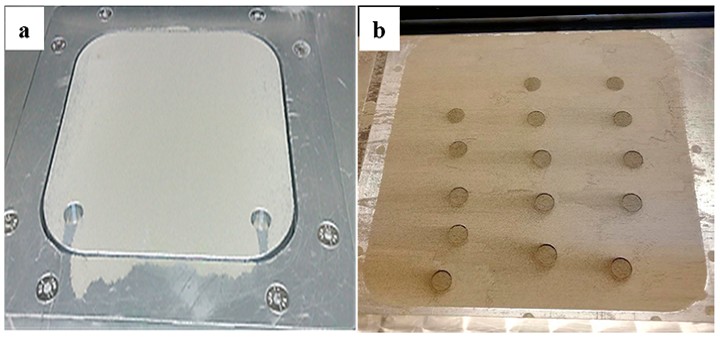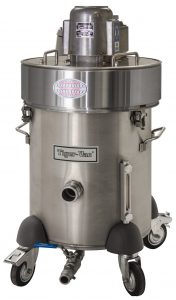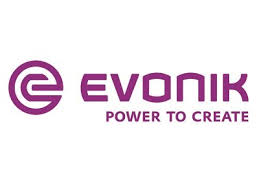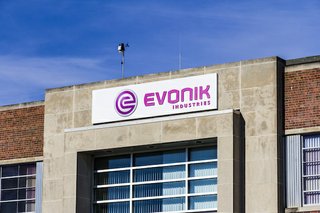With so many events going virtual due to the ongoing COVID-19 pandemic, there’s also been an increase in the number of webinars that companies in the additive manufacturing industry are holding. To make things easier for our readers, since there’s so much online content to choose from these days, 3DPrint.com is compiling all of these available webinars, and the virtual events, into a weekly roundup for you, starting today.
Freeman Technology Webinar
This Tuesday, June 2nd, UK-based Freeman Technology, a Micromeritics company that creates systems for measuring the flow properties of powder materials, will host a webinar at 9 am ET titled “Characterization Tools for Evaluating Polymer Powders for Laser Sintering.” Enrico Gallino, Senior Engineer – Material Specialist at Ricoh UK Products Ltd, will speak about evaluating an AM powder characterization methodology, and will also discuss the results of screening the relevant properties, such as flowability, shape, and thermal properties, of a variety of materials.
“As additive manufacturing (AM) technology transitions from the fabrication of prototypes to serial production of end-use parts, the understanding of the powder properties needed to reliably produce parts of acceptable quality becomes critical,” the webinar site states.
“Achieving the optimal quality for parts does not only depend on setting the right process parameters. Material feedstock also plays an important role when aiming for high performance products. In the case of selective laser sintering, polymer powders are used as a raw material. Therefore, controlling the quality and correctly characterizing the particles used in the process is a key step to successfully apply polymer AM techniques and also to expand the range of material that can be process with this technology.”
Click here to register.
Dassault Systèmes Webinar
Dassault Systèmes be will holding a live webinar on Thursday, June 4th at 10 am ET, titled “Intuitive 3D Designs with CATIA® and SOLIDWORKS® on Mobile Devices.” Participants will have the chance to learn how beneficial flexible design workflows can be when delivering products to market, faster, across many different industries. There will be a live demonstration, using tablets and PCs, on how combining CATIA and SOLIDWORKS on the 3DEXPERIENCE platform will allow your business to add engineering details with simple parametric modeling, create organic surfaces with subdivision (Sub-D) modeling, generate complex patterns and shapes quickly, optimize and evolve designs using an algorithmic approach, and more – all from your own device. The demonstration will be followed by a live Q&A session.
“Discover our portfolio of ready-to-go online Design and Engineering applications in action, which enable you to design from your laptop, your smartphone or tablet! Enjoy increased agility without compromising best-in-class design and engineering capabilities,” the webinar site states.
“With its growing app portfolio and secure cloud technology, the 3DEXPERIENCE platform enables you to manage all facets of your product development process while reducing infrastructure costs, IT overhead, software maintenance and complexity. All 3DEXPERIENCE solutions work together seamlessly making data management, sharing and collaboration easy.”
Click here to register.
3DHEALS 2020 Global Summit
The 3DHEALS conference is going virtual this year, as the 3DHEALS 2020 Global Summit runs from 11 am-9:30 pm ET June 5th and 6th. Offering powerful networking and effective programming on a global stage, this popular bioprinting conference – sponsored by Whova and Zoom – brings together influencers and audiences from over nine countries, offering opportunities and insights that can be beneficial to stakeholders. With over 70 speakers, more than four workshops, startup events, simulated in-conference experience, an interview series hosted by Dr. Jenny Chen, and more, this is one you won’t want to miss.
“3DHEALS2020 is designed to cater to a wide range of professionals, ranging from healthcare early adopter, manufacturers, engineers, legal professionals and policymakers, C-Level executives, entrepreneurs, investors, and more. We aim to create an effective program that maximizes the attendee’s experiences and decreases the barriers in communication among stakeholders,” the event site states.
Click here to register.
Will you attend these events and webinars, or have news to share about future ones? Let us know! Discuss this and other 3D printing topics at 3DPrintBoard.com or share your thoughts in the comments below.
The post 3D Printing Webinar & Virtual Event Roundup, May 31, 2020 appeared first on 3DPrint.com | The Voice of 3D Printing / Additive Manufacturing.

